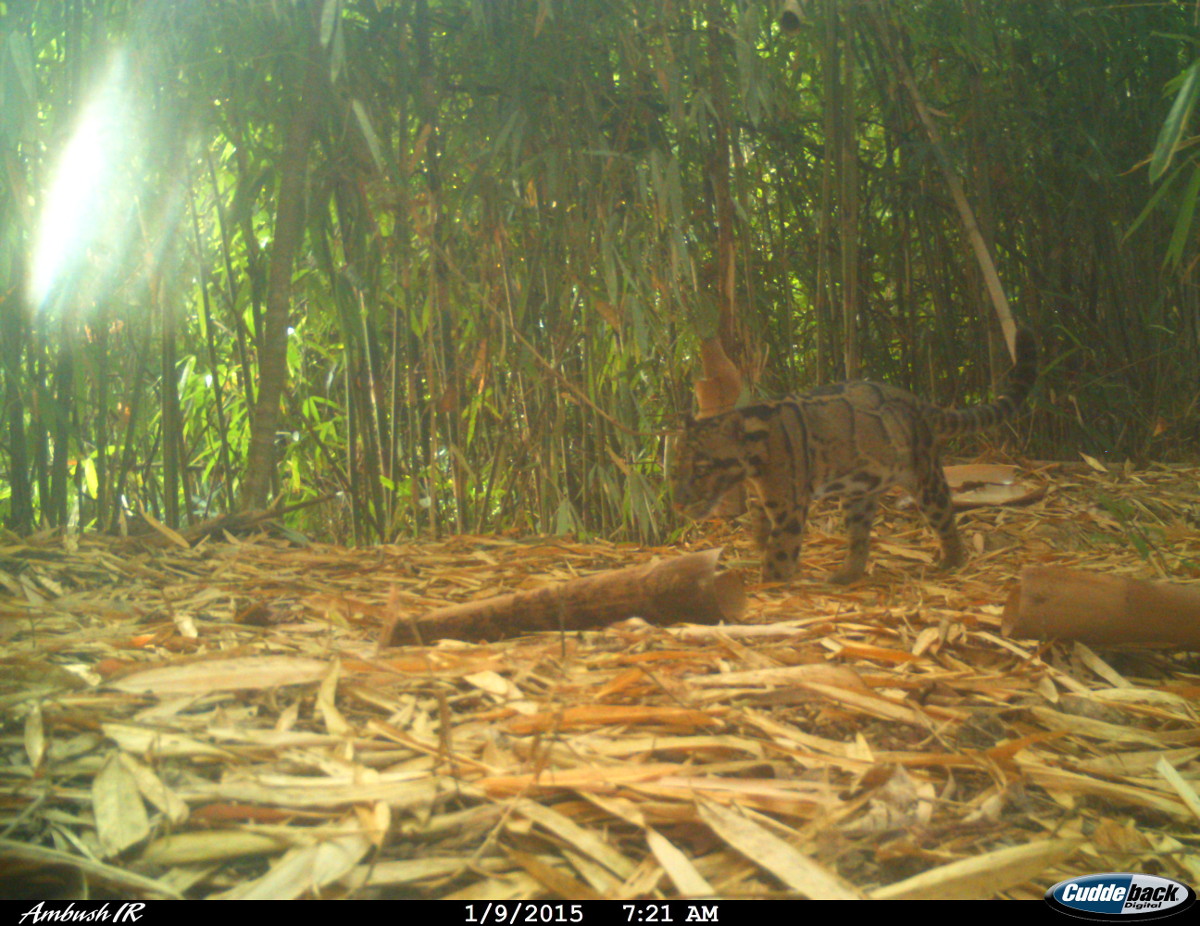News
Life on the Edge: a remarkable collaborative paper led by Dr Marion Pfeifer of Newcastle University and in which WildCRU’s Neil D’Cruze was a co-author about disappearing forest edges
This new research identifies the winners and losers of forest fragmentation. Schoolboy geometry tells us that smaller things have more outside relative to inside, and this is true for fragments of forest. Having lots of outside could be a good thing in some circumstances, but not if you are an animal that finds living at the forest edge a risky occupation. And its pretty obvious why you might – the edge being a place where you are quite likely to rub up against people. Of course, some species can adapt well to edges, but those that can’t find themselves depending on diminishing areas of forest interior. All this is easy enough speculation, but this exciting new Nature paper demonstrates how biodiversity is changing as a result of deforestation – forcing some species to the brink of extinction while others flourish in the changing environment. Neil D’Cruze was one of the co-authors whose collective efforts provided data on over 1,500 forest vertebrates, to reveal that 85% of species are now being impacted by this forest fragmentation. Back to that geometry: the winners are those that seek out the forest edge while the losers are those that rely on the forest core and whose habitat is being constantly squeezed. Of course, the practical application will be to use this information to inform forest conservation and restoration efforts. They reckon 85% of species’ abundances are affected, either positively or negatively, by forest edges.
The paper can be found at: “Creation of forest edges has a global impact on forest vertebrates.” Pfeifer et al. Nature. DOI: doi:10.1038/nature24457
Youtube video: https://www.youtube.com/watch?v=KadMixPj8O0






